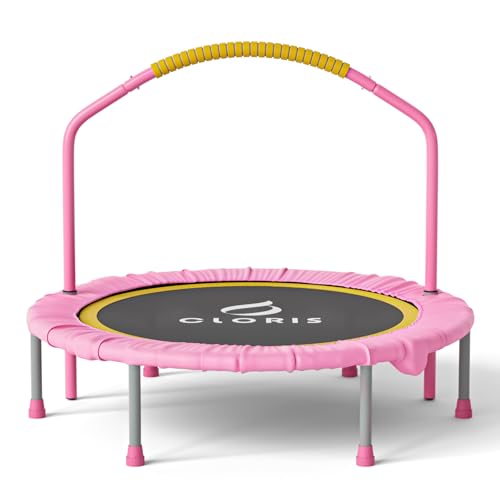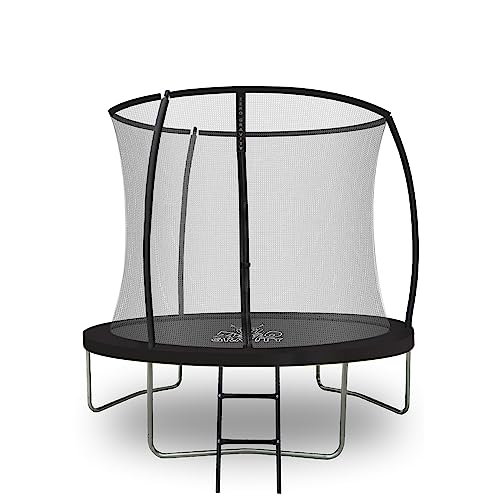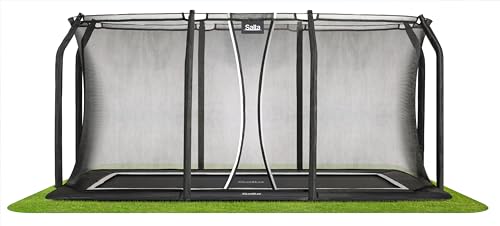Understanding the Basics of Garden Trampolines: What You Need to Know
What is a Garden Trampoline?
A garden trampoline is a large, circular, or rectangular piece of recreational equipment that consists of a strong fabric membrane secured over a metal frame using springs. It’s designed to provide a safe and fun environment for bouncing and performing acrobatics. Available in a variety of shapes and sizes, garden trampolines can be an exciting addition to your outdoor space, providing both exercise and entertainment for children and families.
Why Choose a Garden Trampoline?
Opting for a garden trampoline means creating a personal playground at home, promoting physical activity that can combat sedentary habits. It’s not just about fun; trampolining is a great workout that helps improve cardiovascular health, coordination, and muscle strength. Having a trampoline in your backyard makes it easy for kids to stay active while enjoying the outdoors.
Choosing the Right Size for Your Garden: A Scenario Analysis
Assessing Your Garden Space
Before purchasing a trampoline, we should consider the size of our garden. For instance, if we have a small garden, a compact, smaller trampoline may be the best choice to avoid overcrowding. On the other hand, in a larger garden, we might opt for a bigger model to accommodate more users, as well as a rectangular design that can provide extra bouncing area.
How Many Users are You Expecting?
If we envision our trampoline being a place for family and friends, selecting a larger model is essential. For example, if we have multiple children who plan on using it simultaneously, a trampoline with a diameter of 10-12 feet would be ideal. If it will be primarily for solo use, such as practicing gymnastics, a smaller size might suffice.
Top Features to Look for in a Garden Trampoline: Our Recommendations
Durability and Build Quality
When choosing a trampoline, we should look for robust materials that can withstand weather conditions. A galvanised steel frame is recommended for superior longevity, and we should also consider the fabric’s resistance to UV rays to avoid fading.
Safety Features
Opt for trampolines equipped with safety nets, covered springs, and padded edges. These features will help reduce the risk of injury while ensuring that we can bounce with confidence. A trampoline with easy access points, such as a zippered enclosure, adds an extra layer of safety for young jumpers.
Safety Tips for Garden Trampolining: How to Ensure a Fun Experience
Supervision is Key
Always supervise children while they are using the trampoline. Establishing ground rules, like only allowing one user at a time during play, can help prevent injuries. Make it clear that flips and tricks are only for experienced jumpers.
Hazard-Free Zone
We can ensure a safe jumping experience by placing the trampoline on a level surface, free from overhead obstructions such as branches or power lines. Additionally, keeping the area around the trampoline clear of debris like garden tools or toys can help create a hazard-free zone.
Maintaining Your Garden Trampoline: Easy Care and Upkeep Tips
Regular Inspections
Conduct inspections regularly to ensure that all parts, including the springs and padding, are intact. Regular checks can help us identify any potential issues before they become serious. For example, we should look for rust, broken springs, or tears in the jumping fabric and replace parts as needed.
Cleaning and Weather Protection
To prolong the life of your trampoline, cleaning it at least once a year is advisable. We can simply use a mild detergent and a soft brush to remove dirt and debris. Additionally, covering the trampoline during winter seasons will protect it from harsh weather, extending its durability and performance.





















